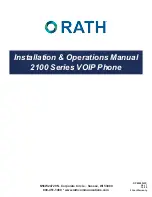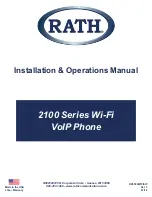
182
183
01
02
03
04
05
06
01
02
03
04
05
06
Appendix
07
– Do not use a damaged battery
or charger.
– Do not disassemble or open
crush, bend or deform,
puncture or shred.
– Do not modify or
remanufacture, attempt to
insert foreign objects into the
battery, immerse or expose to
water or other liquids, expose
to fire, explosion or other
hazard.
– Do not put your battery into
contact with conductive
objects.
– Dispose of and recycle used
batteries in accordance
with local regulations. Do
not dispose of batteries by
burning; they may explode.
– Do not use an unauthorized
charger. Only use the battery
for the device for which it is
specified.
– Only use the battery with
a charging device that has
been qualified with the device
per this standard. Use of an
unqualified battery or charger
may present a risk of fire,
explosion, leakage, or other
hazard.
– Do not short circuit a battery
or allow metallic conductive
objects to contact battery
terminals.
– Replace the battery only
with another battery that
has been qualified with the
device per this standard,
IEEE-Std-1725-2006. Use of
an unqualified battery may
present a risk of fire, explosion,
leakage or other hazard.
– Promptly dispose of used
batteries in accordance with
local regulations.
– Battery usage by children
should be supervised.
– Avoid dropping the phone or
battery. If the phone or battery
is dropped, especially on a hard
surface, and the user suspects
damage, take it to a service
center for inspection.
– Use your battery for the
specified purpose only.
– The closer you are to your
network’s base station, the
longer your phone usage time
because less battery power is
consumed for the connection.
– The battery recharging time
varies depending on the
remaining battery capacity and
the battery and charger type
Содержание AT&T P2030
Страница 42: ...78 5 Bluetooth Using Mobile Web Connectivity Memo...
Страница 105: ...204 Memo...












































